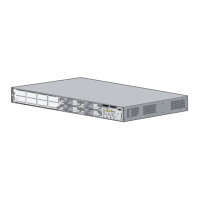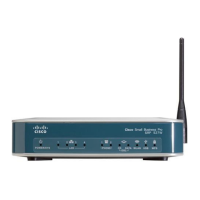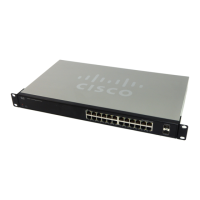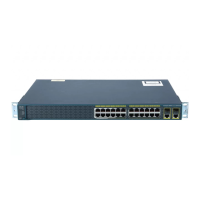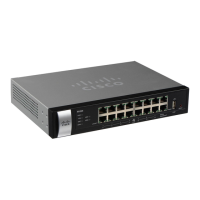Before You Begin
Ensure that you have enabled the Fabric Extender feature set.
Ensure that you are in the correct VDC (or use the switchto vdc command).
SUMMARY STEPS
1.
configure terminal
2.
fex FEX-number
3.
(Optional) description desc
4.
(Optional) no description
5.
(Optional) type FEX-type
6.
(Optional) no type
7.
(Optional) serial serial
8.
(Optional) no serial
DETAILED STEPS
PurposeCommand or Action
Enters configuration mode.configure terminal
Example:
switch# configure terminal
switch(config)#
Step 1
Enters configuration mode for the specified Fabric Extender. The range of the
FEX-number is from 101 to 199.
fex FEX-number
Example:
switch(config)# fex 101
switch(config-fex)#
Step 2
(Optional)
Specifies the description. The default is the string FEXxxxx where xxxx is the
FEX-number. If the FEX-number is 123, the description is FEX0123.
description desc
Example:
switch(config-fex)# description
Rack7A-N2K
Step 3
(Optional)
Deletes the description.
no description
Example:
switch(config-fex)# no description
Step 4
(Optional)
Specifies the type of Fabric Extender. FEX-type is one of the following:
type FEX-type
Example:
switch(config-fex)# type N2248T
Step 5
• N2224TP—24 100Base-T/1000Base-T Ethernet host interfaces and 2
10-Gigabit SFP+ Ethernet fabric interfaces module
• N2232P and N2232TM—32 10-Gigabit SFP+ Ethernet host interfaces
and 8 10-Gigabit SFP+ Ethernet fabric interfaces module
Cisco Nexus 2000 Series NX-OS Fabric Extender Software Configuration Guide
22 OL-25816-02
Configuring the Fabric Extender
Configuring Fabric Extender Global Features

